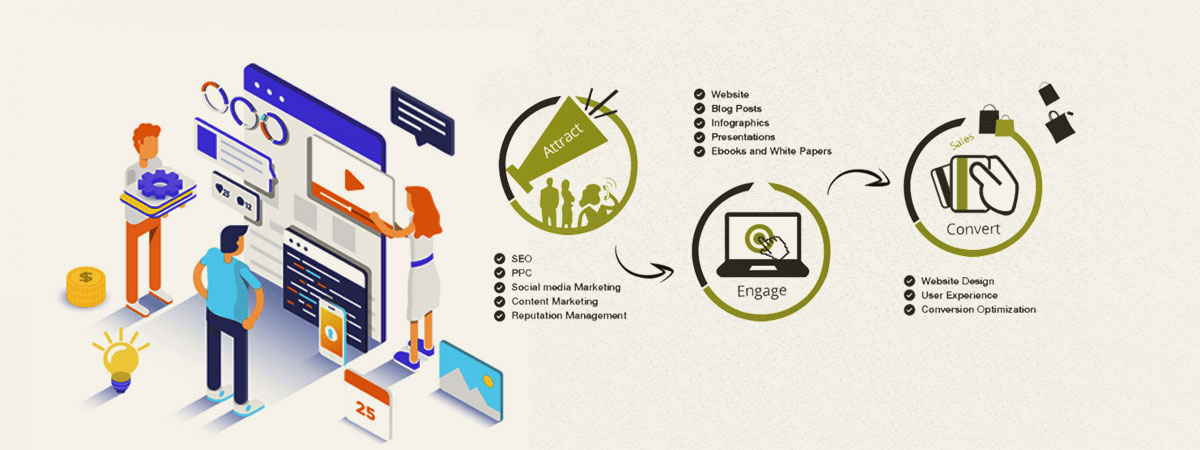Core Concepts Of Internet Site Design: Guidance For Crafting A User-Friendly Online Presence
Core Concepts Of Internet Site Design: Guidance For Crafting A User-Friendly Online Presence
Blog Article
Post Composed By-Aguirre Devine
When it pertains to site design, ensuring user-friendliness is crucial. From receptive design to structured navigation, every aspect plays an essential duty in producing a site that caters to your target market's demands. Yet what concerning the better details that can make or damage a user's searching experience? Keep tuned as we uncover some often-overlooked pointers that can boost your web site's functionality to the following level, making it absolutely stick out in the digital landscape.
Importance of Responsive Design
Receptive design is a crucial aspect of modern-day internet site advancement. Guaranteeing your internet site is responsive means that it can adapt to different screen dimensions and devices, supplying a smooth experience for customers.
With the boosting use smart devices and tablets to access the internet, having a receptive design is essential for getting to a broader audience. It assists in boosting customer experience by making your site easy to navigate and keep reading any kind of tool.
Furthermore, Suggested Browsing can favorably influence your online search engine rankings, as internet search engine like Google prioritize mobile-friendly websites. By having Why Digital Marketing Agency , you're additionally future-proofing your website, as new gadgets with differing display dimensions remain to arise.
Simplify Navigating Framework
To improve user experience and facilitate simple access to info on your website, enhancing the navigating structure is vital. When designing your site, focus on creating a clear and instinctive navigating food selection that aids site visitors discover what they're trying to find promptly.
Limitation the variety of food selection products to the basics, organizing associated web pages with each other to stay clear of overwhelming users. Usage descriptive tags that plainly suggest the content of each page, making it less complicated for users to recognize where each link will take them.
Consider implementing dropdown menus for subcategories to avoid littering the main navigation bar. Additionally, consist of a search bar plainly on the page for users who prefer searching for certain info.
Prioritize mobile responsiveness in your navigating layout to ensure very easy accessibility on all tools.
Optimize Page Lots Rate
Improving page tons speed is vital for preserving visitors on your site. Slow-loading web pages annoy individuals and can bring about high bounce rates. To optimize page load speed, beginning by optimizing images. Compress photos without jeopardizing quality to reduce their file sizes.
Additionally, make it possible for browser caching to store frequently accessed resources locally, speeding up tons times for returning site visitors. Minify CSS, JavaScript, and HTML files by getting rid of unnecessary personalities, remarks, and format, improving lots speed.
Consider utilizing a material distribution network (CDN) to distribute your internet site's content across multiple web servers worldwide, reducing latency for customers accessing your site from different places. Lastly, restrict using third-party manuscripts and plugins, as they can dramatically affect lots times.
Final thought
To conclude, by including receptive design, streamlining navigation, and maximizing page load speed, you can produce a straightforward website that attract a larger audience and boosts individual experience. These essential elements ensure that site visitors can conveniently accessibility and browse your website across different gadgets, leading to raised interaction and fulfillment. By concentrating on these vital aspects, you can develop an effective internet site that keeps customers coming back for more.
